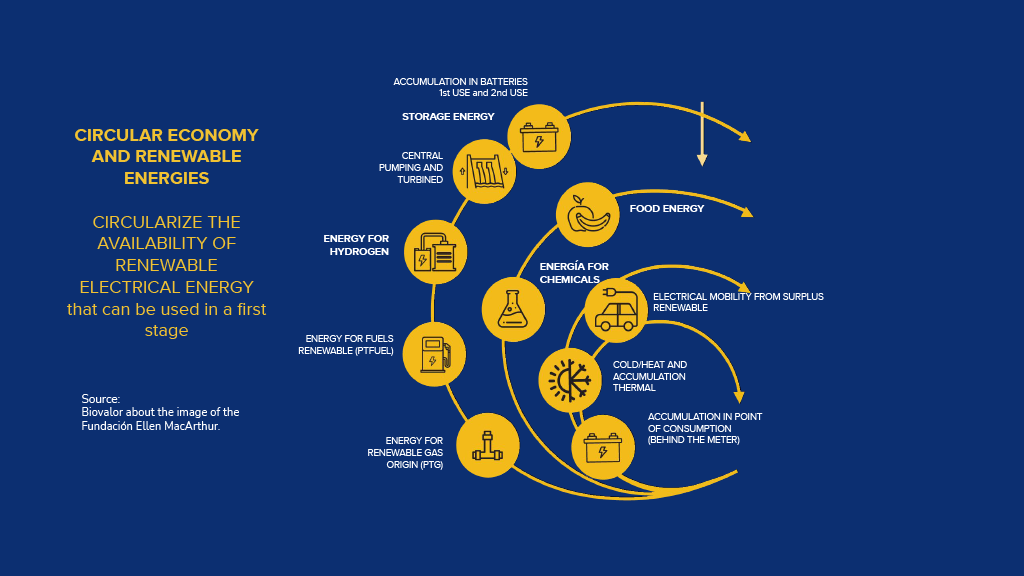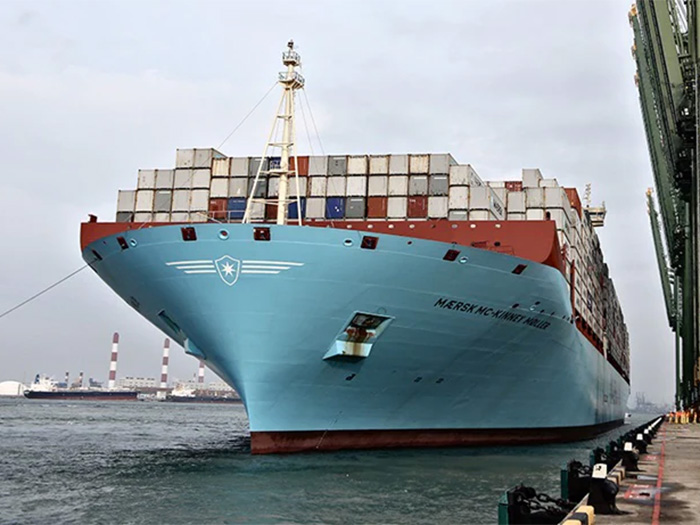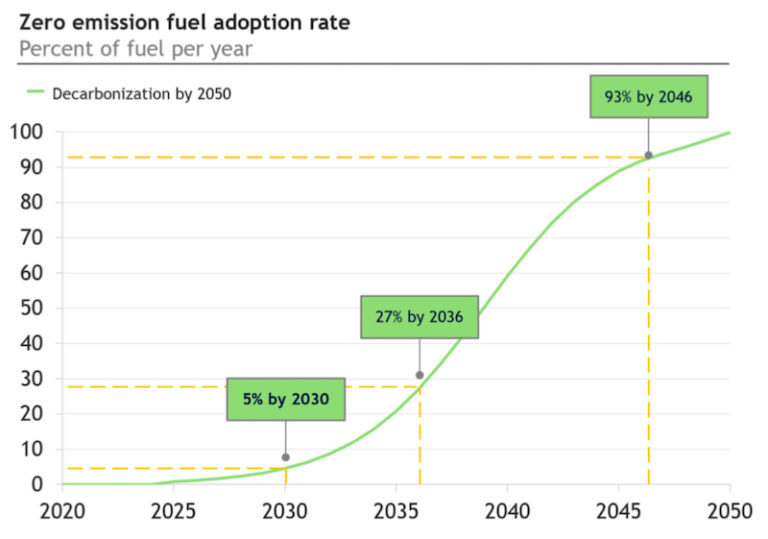The Ammonia Wrap: new funding and investment for ammonia energy rolls in, next steps for Uruguay, and Sumitomo to develop a hydrogen "ecosystem" in regional Australia
Welcome to the Ammonia Wrap: a summary of all the latest announcements, news items and publications about ammonia energy. This week: new funding and investment for ammonia energy (Starfire Energy, GenCell, Syzygy Plasmonics and Hazer Group), marine engines from the "Ammoniamot" consortium, Uruguay's national hydrogen strategy takes another step, Onahama Port to investigate hydrogen & ammonia imports and Sumitomo to develop Gladstone's hydrogen "ecosystem".









